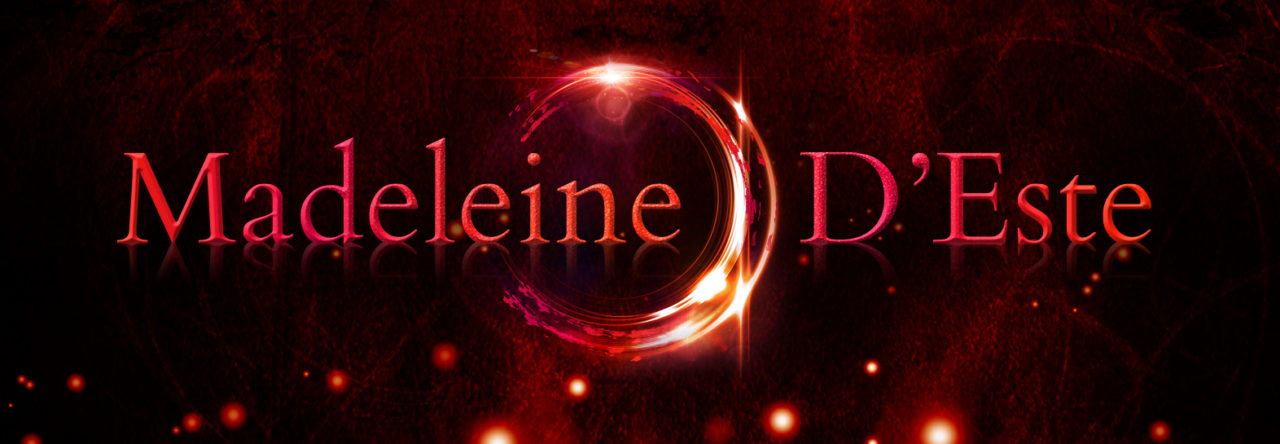This post is inspired by Chuck Wendig’s Terrible Mind blog. He put out a flash fiction challenge to write about “why I write?”
Here’s my story of “Why I write”.
I was a kid into books. I love stories. I love to be lost in books and transported by words. But I used to think storytellers were other people. Not me. They were artists. Artistic, high lit, tortured poetic wordsmiths. When I dashed down some words on a page, they were plain old crap.
It took years to learn lesson#1.
The first draft of anything is shit – Ernest Hemingway
So I hid the shit in a drawer and went back to watching TV.
But the desire still ate away at me. Whenever I thought about my life goals – writing a book was always number one with a bullet. So I’d enrol in some writing courses. I’d dabble but never had the confidence to take myself seriously.
I’d get discouraged and distracted.
Then I found Nanowrimo. Nanowrimo helped me churn out three or four unfinished lumpy novels. I proved to myself I could sit down and write 50,000 words in a month but they didn’t work. They didn’t resonate with me. My urban fantasy felt too cheesy. When I tried to write crime, my skin crawled when I tried to get inside the heads of serial killers or murderers. I was an imposter, none of it felt truly like me.
So I put it away again and went back to post-grad study.
Try not. Do, or do not. There is no try – Yoda
I started to get all angsty, mid life crisis riddled. My life circumstances changed and I had a bit of time on my hands. I imagined dying tomorrow with this one ambition left unfulfilled. It would be my one regret.
So I sat down and did it.
This time, it’s war – Aliens (1987)
Now I realise I need it. Practising every day, I’m learning the craft and improving. I read and learn from others. I’m prepared. I know it’s a bumpy ride of “I suck. I rock.” I know that the vomit draft is the easy part, the hard part is the six months of Revise. Delete. Rewrite. Repeat. I know the odds are stacked against me, there are millions of books published every day competing for readers. I know all this and I do it anyway. Cos I love it and it makes me happy.
That’s why I write.
 Michael Whelan’s Yours Truly
Michael Whelan’s Yours Truly

